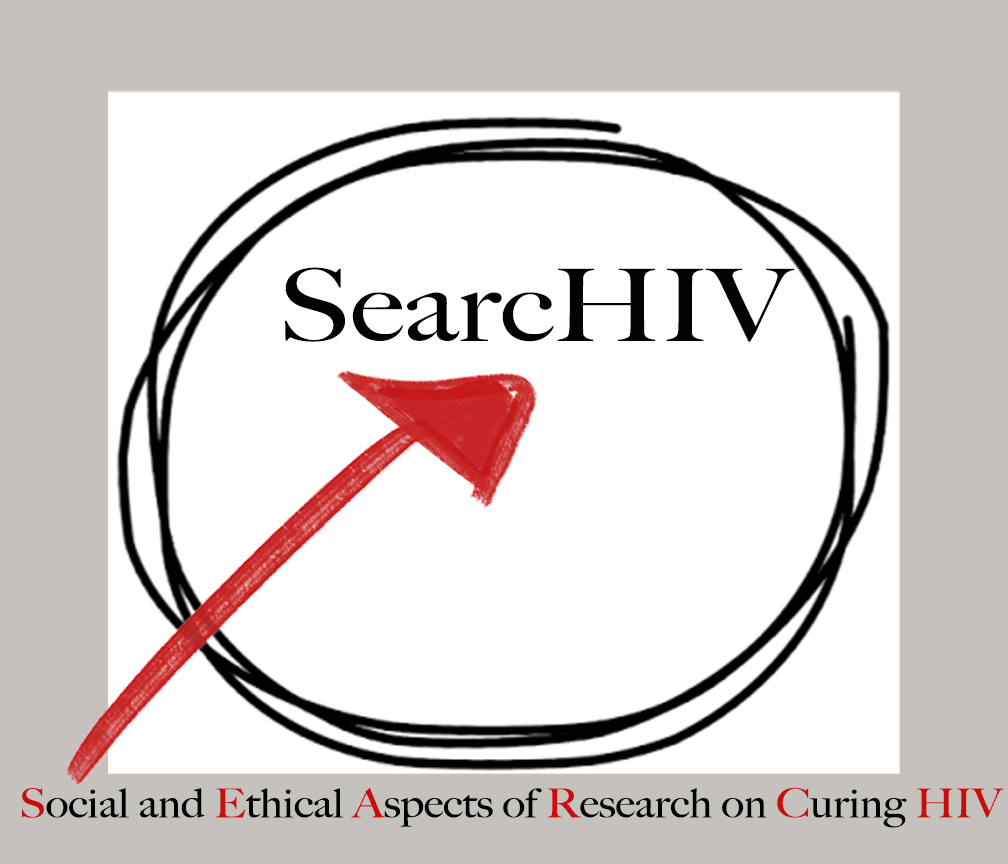By Zachary C. Rich, Doris Duke Clinical Scholar; Guangzhou, China
It was not long ago that HIV was seen as an insurmountable disease, readily used to teach medical students about caring for a patient with a terminal diagnosis. While still a ravenous disease responsible for death and suffering the world over, treatment of HIV is one of the greatest medical advancements ever seen. With proper care, transmission rates are a fraction of what they use to be. Life expectancy of well-managed HIV patients is close to those that are disease free. Promising developments into an HIV vaccine are also regularly reported. End game HIV management can now not only be discussed but also methodically implemented. Can we imagine an HIV free world within the next 100 years? The next 50?
Integral to answering these questions will be to push for a cure for HIV, a goal that has widely evaded modern medicine. To date there has been one person cured of HIV: the Berlin patient. The success of the Berlin patient like many scientific breakthroughs is story of guarded optimism. Jubilation over achieving proof of concept for a cure is balanced by low initial clinical applicability. The treatment course used by the Berlin patient was extremely unique, risky, and in general not a viable option for the millions of people living with HIV. The Berlin patient was being treated for advanced leukemia with chemotherapy and radiation. As part of his leukemia therapy he received multiple bone marrow transplants from a donor with a rare mutation that made him naturally resistant to HIV. After replacing his entire old infected immune system with a new resistant one he became free of the virus while off of anti viral therapy. Were it not for his leukemia, though, this treatment would have been both impractical and unethical to preform.
Recent news of the progression of HIV in the Mississippi baby (a child born with HIV who was previously thought to have been cured following a treatment course of aggressive antiviral therapy) has served as a gloomy reminder of both the known and unknown difficulties ahead. Furthermore, you do not need to look far to find examples of diseases that continue to plague humanity despite safe and efficient cures (TB, HCV, Syphilis). Even as scientific and medical barriers to curing HIV are dwindling, social and ethical obstacles must similarly be accounted for. The aim of this blog is serve as a tool for uniting parties interested in addressing HIV cure from a medical, social, and ethical perspective.
The sheer scale of curing HIV will require global participation from individuals across a wide range of disciplines. Through collaborations of three sites actively engaged in HIV cure work (Triangle region of North Carolina, USA; Guangzhou, China; and Cape Town, South Africa) we hope to achieve a forum for both shared excitement and realistic discussion. The path to a cure will undoubtedly rely on a collective effort, and we invite you to join searcHIV in this endeavor.

